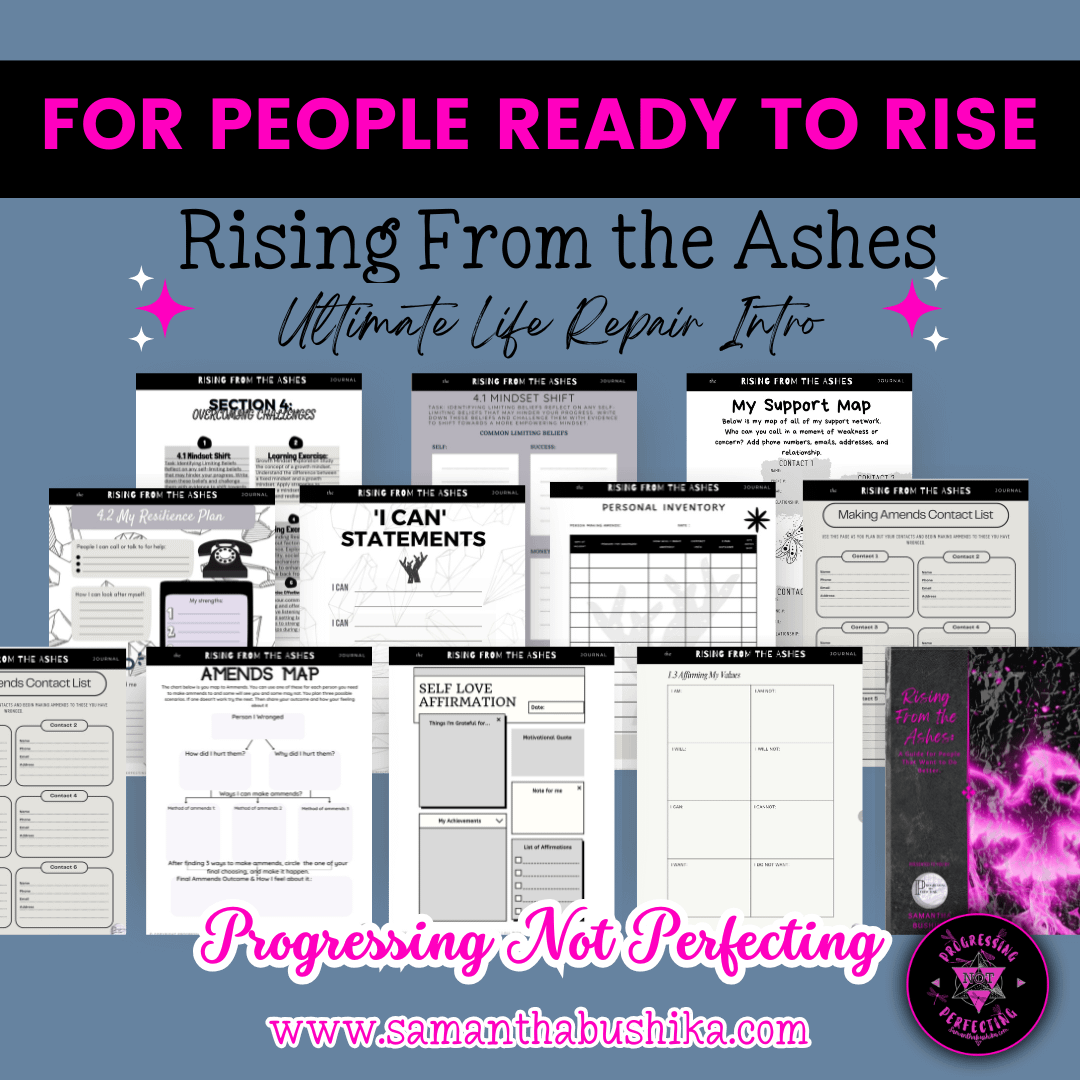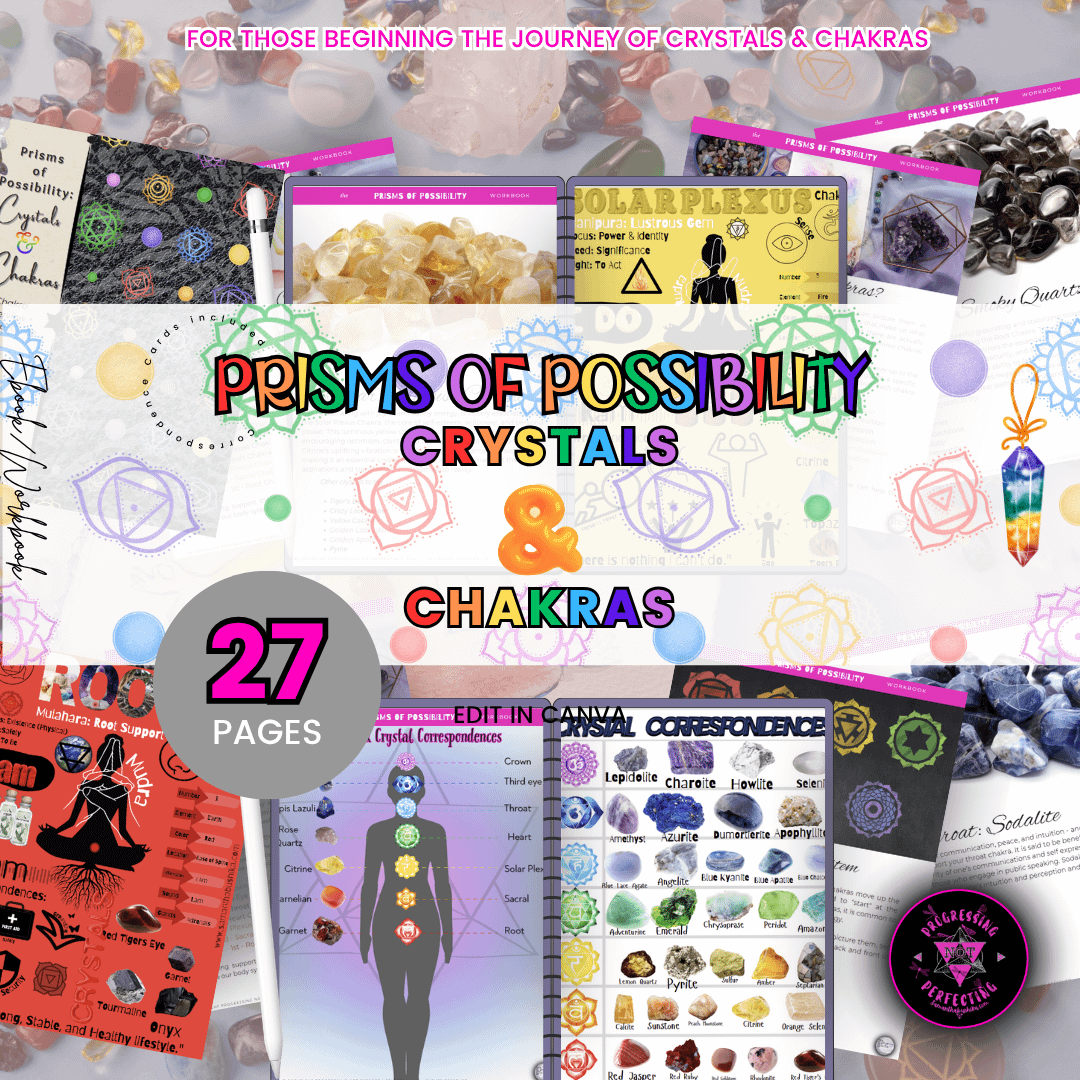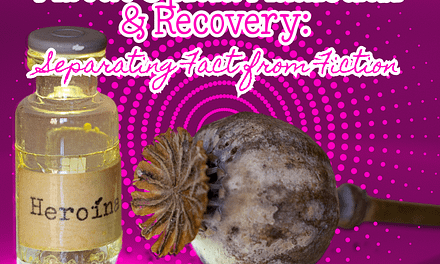
https://unsplash.com/photos/FwKBsCQZ28U
In the 1970s, a series of drug experiments studied opioid addiction in rats. Known as the Rat Park Study, it tested opioid addiction in rats. These trial results proved influential because they flipped what people at the time knew about opioid addiction. Keep reading to learn more about the Rat Park Study and what it means for anyone dealing with addiction.
History Behind the Rat Park Study
Until the late 1970s, researchers and medical professionals were certain drug use was solely responsible for addiction. They didn’t believe external factors could increase or decrease the likelihood of opioid addiction. Basically, if you started using drugs, it was game over. Great perspective, right?
Throughout the 1950s and 1960s, scientists performed drug experiments on rats. They isolated these rodents in cages and gave them two water options, one filled with plain water and the other laced with drugs like heroin or cocaine. Time and time again, the rats drank the drug-laced water, usually right up until they ended up overdosing and dying.
The results from these experiments made it seem like opioids cause addiction. So, the only way to avoid addiction was to avoid drugs. A Canadian professor and psychologist named Bruce Alexander did not agree with these findings. He believed that the isolation encouraged the rats to drink the drugged water. With this in mind, he conducted experiments testing drugs = addiction.
The Setup of the Rat Park Study
Dr. Alexander and his team used albino rats and divided them into two groups. They isolated half of them by keeping them alone in cages. The rest lived together in a contained area called a rat park. Made to mimic a rat colony, this rat park was a massive, airy (but closed) pyramid-like structure. Fully furnished with wood scraps, empty tins, and wheels, it was two hundred times larger than a standard lab cage. Rats of both sexes could freely move around and mingle.
Both groups had the same water options, plain and morphine laced. The research team recorded the consumption by weighing the bottles daily. For the rat park, they fit a narrow tunnel in front of the water dispensers, so only one rat could drink water at a time. This allowed them to record how much liquid the colony rats were drinking.
The research team conducted several experiments in this environment. Once, they forcibly addicted the rats to morphine before placing them in the rat park by giving them morphine-laced water for the first few weeks of their life. In another, the team sweetened the morphine water to make it irresistible. From 1978 to 1981, Dr. Alexander and his team changed different external factors and observed the rats’ morphine consumption.
Results of the Rat Park Study
The most significant finding from these experiments was that the rat park rats preferred plain water over the morphine-laced one. Dr. Alexander has said,
“Nothing that we tried instilled a strong appetite for morphine or produced anything that looked to us like addiction in the rats that were housed in our approximation of a normal rat environment.”
As for the rats in isolation, they drank more morphine-laced water. In some cases, drinking almost twenty times more morphine than the rats in the rat park. This indicated that opioid drugs were not innately irresistible, and isolation strongly affected addiction in rats.
Many scientists conducted studies after this one and reached similar conclusions. In 1992, researchers isolated mice for different lengths of time and gave them a choice between plain and morphine-laced water. They found a correlation between isolation time and how much morphine the rats drank.
In another study, socially enriched environments cured rats of their opioid addictions. Again, suggesting the importance of social factors in treating and preventing addiction.
What Does it Mean for Us?
The results of the Rat Park Study affected the views of many in the healthcare field. It questioned the all-consuming power of drugs by showing how isolation and community play a role in a person’s struggle with addiction.
Do you remember the Just Say No drug campaigns that ran back in the day? One of the reasons it was so ineffective was that it was too naive. The government based it on the old-fashioned idea that getting rid of drugs would solve the opioid addiction problem. But this study showed another way to handle drug use. Instead of spending every cent on punishing drug dealers, policymakers should work on solving social issues. This shift helps create nurturing environments where people can choose not to take drugs.
Before, treatments just focused on getting through withdrawal symptoms. Now, they include the human interaction factor. Many who deal with substance abuse disorder (SUD) talk to psychologists and other mental health professionals as part of their opioid recovery process. These treatment providers often ask questions like:
- Who is important in your life?
- Who loves you?
- When did you last spend time with people who are good for you?
- Who can you call in the next couple of days?
- What stops you from contacting other people?
The answers help to understand the environment a person with SUD comes from. While solving problems at home won’t completely cure addiction, it does help make opioid use recovery more attainable.
Since the Rat Park Study, many others have researched opioid addiction. Sure enough, they also show the importance of environmental factors. Having a social network, supportive people in your life, and participating in group meetings will help people stay clean.
My Take
I use this study often in my rants on addiction recovery and with my clients when they try to isolate themselves. After first hearing of this study when I watched a TED talk with Johann Hari. I highly recommend watching this talk here. This video gave me hope for a better future. Every time I was released from prison, I fell into the same exact cycle. I would run all over my small town, applying to the same places that had turned me down time after time after my name had been splattered on the front page of the paper yet again. I would be given thirty days to get a job and start paying rent. If I couldn’t pay rent, I would be returned to jail for “lack of residence.” They did this even if you had a residence to go to, but for some reason, they wouldn’t “approve” it.
I would run around for the first two weeks applying everywhere. Keep in mind I had a great job history, great references, etc. Day twenty would roll around, and I would always make the same decision. I could either throw in and just go back to jail or buy myself a few weeks by making one run to the city to do one flip. I wouldn’t use though. The “wouldn’t use” part made it as far as the state line.
I always did manage to buy myself a few months, but at what cost? If one person would have given me a chance, then maybe I wouldn’t have given up on myself. Knowing all that we know about addiction, how do we not have some kind of employment programs or employment connections or contacts for non-violent offenders returning to the community from incarceration? I hope to someday set up some of these programs, they are the missing piece. Know that I lived in that exact cycle for about twenty years. I had no purpose. The moment I found purpose, the game changed drastically.
Wrapping Up
Drug addiction is hard to define because it is much more than a dependency. Drug use is like a virus that reprograms every aspect of your being, physically, mentally, and emotionally. Honestly speaking, the medical community is still learning about drug use and addiction because it is much more than a craving.
But the Rat Park Study helped highlight the role of the environment, community, and society when dealing with opioid addiction. But that doesn’t mean these are the only crucial factors. Genetics, brain chemistry, and the drug itself also have a strong effect. That is why no opioid recovery program is a one-size-fits-all solution.
Johann Hari’s last words in the TED Talk sum it up best, “The opposite of addiction is connection.” We need connection, and that, as it seems, has been scientifically proven.
Please let me know what you think about you or your loved one’s addiction and the rat park study in the comments below. Consider the way that we tend to isolate upon relapse or while using. I always attributed it to shame, but this gives it a totally new spin, and it all fits too well for me. What about you?
Please like, share, and subscribe. I would also love to know what you would like to read about. This community is for all of us, and I promise I will keep working really hard to keep your ADHD mind engaged. Even if I am only able to reach one person, that’s enough for me. Please talk to me and let me help you get what it is you seek on your road to recovery. If you are interested in learning more about opioids and their shocking statistics, check my article, Opioid Addiction: the history and shocking statistics.
Post Off Quote
“You can’t defeat the darkness by keeping it caged inside of you.” -Seth Adam Smith
Post Off Affirmation (to carry you until next time)
I am brave, I am fierce, I am worthy, I am sober!
Until next time love and light, friends. Namaste.































Thank you for your sharing. I am worried that I lack creative ideas. It is your article that makes me full of hope. Thank you. But, I have a question, can you help me?
I love this! It’s so true and how creative they got. The last thing we need is to be alone and cut off.
I think it’s kinda my job. Lol. I truly appreciate you and thanks for all of your comments. Ur giving me something to do. Thank you.
I just joined your community. I am grateful and thankful to you for being strong enough to create this community. People will come. This is the only blog I could find with a recovering heroin addict as a creator and we NEED this! People need to see that there is hope and people need to see that change is possible! Thank you for showing us that it is.